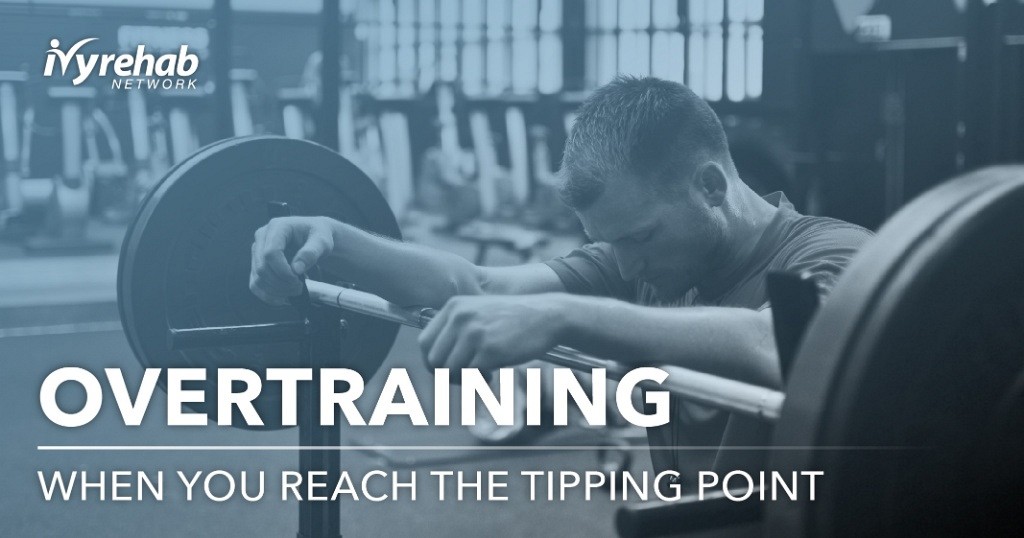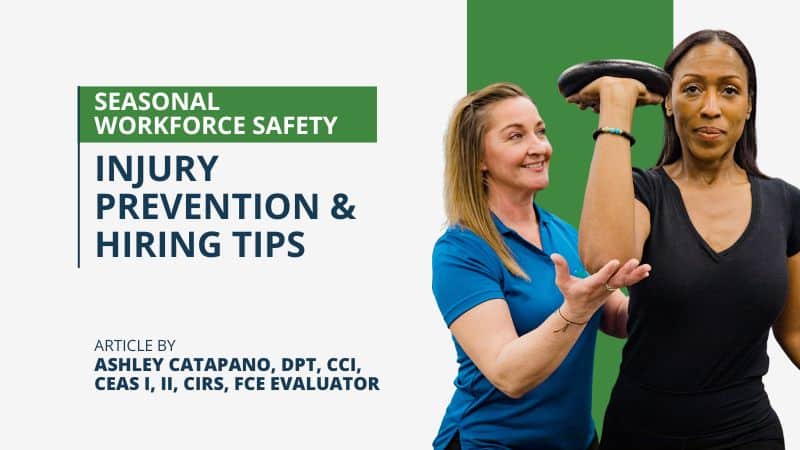Exercise has many proven health benefits and helps most bodily systems. It’s often the prescription for weight loss, heart health, stress management, better sleep, and hormonal balance. But as with anything, moderation is crucial to avoid burnout, injury or overtaxing the body. Many people find themselves in physical therapy for an overuse injury – and overtraining can be detrimental to your overall health and wellbeing. After months of pounding the pavement or distance cycling, the body, if not trained and rested properly, starts to wear out. In the world of endurance sports, there is a delicate balance between achieving optimal conditioning and overdoing it. In fact, overtraining can actually do more harm than good, increasing oxidative stress and all of its negative consequences. Excessive oxidative stress creates free radicals that have been linked to premature aging, infections, heart attacks, and a number of cancers.
The tipping point, known as overtraining syndrome (OTS), can be reached by one or both of the following ways:
- Too much exercise without enough rest and recovery
- Chronically under fueling the body
Taking the necessary time to rest and refuel is important for marathon runners and triathletes, high school athletes, and endurance and competitive athletes. But it also applies if you have a nagging injury or feel a compulsive need to exercise. For women, overtraining and excessive cardio can wreak havoc on hormones and lead to bone loss and stagnant weight loss, especially during perimenopause.
Signs You are Overtraining
- Exercising every day or have no rest days
- Decreased agility, strength, endurance and overall performance
- Exercise strenuously for more than two hours a day
- Excessive fatigue, sluggishness, and insomnia
- Metabolic imbalances
- More frequent bouts of illness or headaches
- Loss of appetite or excessive thirst
- You feel irritable, agitated, or depressed
- Trouble with coordination
- Aches and pains and sore muscles
- Chronic or overuse injuries
If you feel chronically tired, achy, or have a nagging injury, try taking it low and slow for a few days or weeks. Make sure to get adequate rest and listen to your body, along with drinking plenty of fluids and finding ways to relax mentally and physically. Rotate high-impact cardio or high-intensity weight training sessions with brisk walking, yoga, cross-training, and recreational activities. Studies have found you can still reap benefits from 30 minutes of light to moderate daily activity broken up into shorter increments. And activities such as gardening, raking leaves, walking the dog, doing laps around your office building, or playing catch with your children count.
We’re Here to Help
If you do find yourself with an injury that persists, physical therapy can put you on the road to recovery. Ivy Rehab offers a variety of treatment options to rehab specific injuries and specialized programs for athletes, including ACL Rehab and Return to Sport, Athletic Training, Running Analysis Program, Sports Injury screenings, and more. Specially trained physical therapists can help identify the cause of your overuse or sports-related injury, uncover improper training techniques, and analyze movement patterns. They can suggest structured training plans, good nutrition, and proper gait mechanics. Some clinics have antigravity treadmills that reduce the amount of weight on your lower extremities as you walk or run. Your physical therapist will work with you to develop a plan customized to your needs so you can get back to doing activities that you love. PT can help you live a life free from pain and regain your competitive edge!
Article Reviewed by Holly Lookabaugh-Deur, PT, DSc, GCS, CEEAA
Holly Lookabaugh-Deur, PT, DSc, GCS, CEEAA is a practicing physical therapist and a partner and Director of Clinical Services at Ivy Rehab Network. Deur is board certified as a geriatric clinical specialist and certified exercise expert for aging adults with more than 35 years of clinical experience. She is certified as an aquatic and oncology rehabilitation specialist and serves as adjunct faculty at Central Michigan University and Grand Valley State University.





